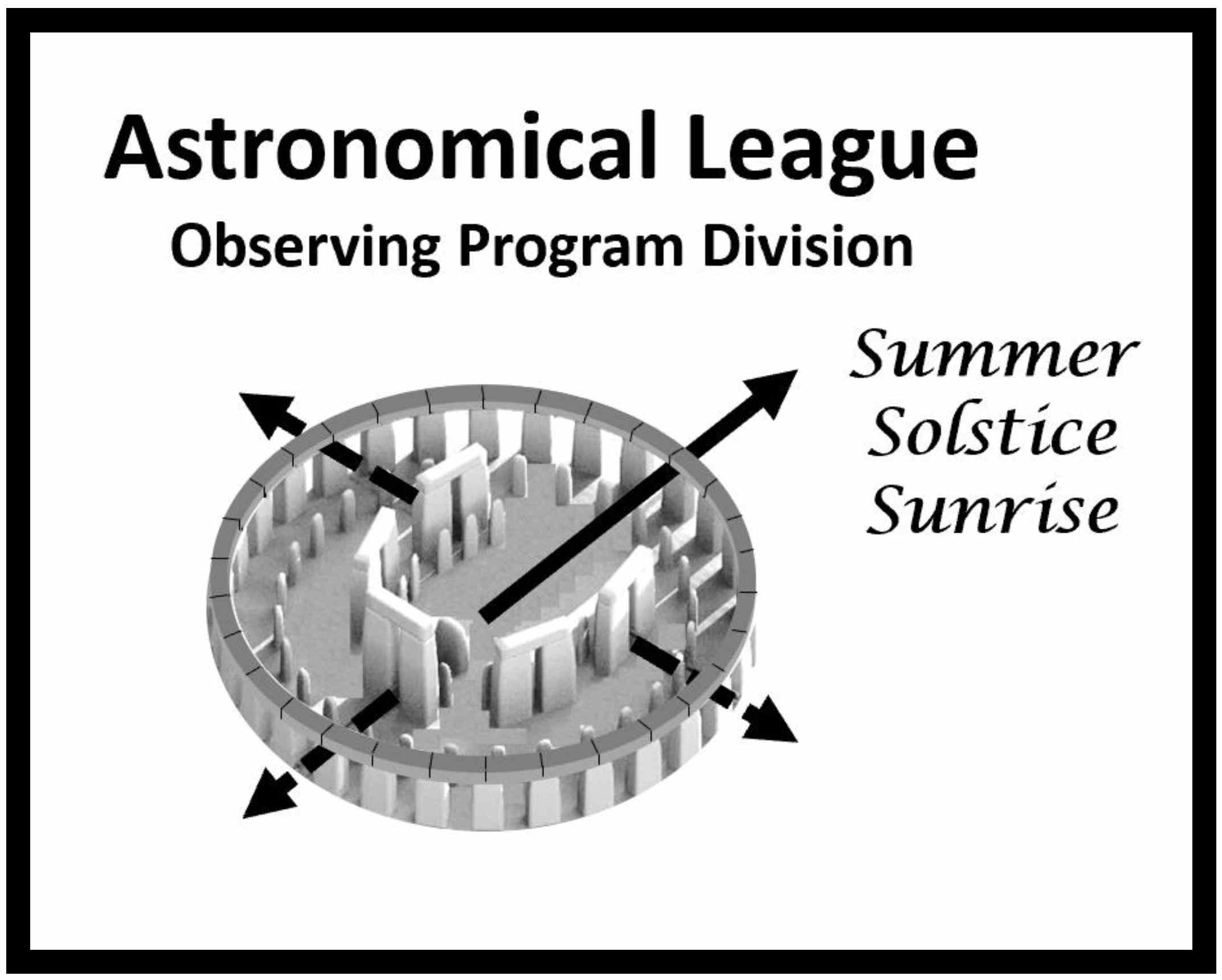This page is under construction. Those with an “*” have not been updated yet.
Introduction
| Astro Notes are bits of information or tools that might be of use to amateur astronomers. They each cover a specific topic and are narrow in scope. They are produced by the Astronomical League as a service to our members. They may be copied and distributed freely as long as they are reproduced and distributed in their entirety with the Astronomical League cited as the source. The information contained in the Astro Notes is available from a variety of sources on the internet. Regional officers may make copies available at Regional Conventions with fees to cover their duplicating costs. |  |
A – Safety Concerns
- Cautions related to making Solar Observing Safe.
- Cautions related to using laser pointers for astronomical observing.
A3 – Dealing with the Pandemic
- Cautions related club operation during times of a pandemic.
B – The Astronomical League Information
B1 – Astronomical League Services
- A list of the services available to you with your League membership.
B2 – Astronomical League History and Organization
- Background information on the League.
B3 – Astronomical League Membership and Benefits
- The membership categories and benefits of each.
C – Observing and Observing Programs
C1- General Purpose Observing Log Sheet
- An observation log form you can use to record your observations.
C2 – Determining Seeing Conditions
- An easy technique for determining how stable your skies are (seeing). This scale is acceptable for all AL Observing Programs.
C3 – Determining Transparency Conditions
- An easy technique for determining how clear (transparent) your skies are. This scale is acceptable for all AL Observing Programs.
C4 – Astronomical League Observing Programs
- This is an introduction to the Astronomical League’s Observing Programs and Awards.
- To access the AL web pages for the Observing Programs, go to the Observing Program Website.
D – General Astronomical Information
The first three topics in this section deal with buying equipment for astronomical observing.
- Some “dos” and some “don’ts” to help you select a pair of binoculars for astronomical observing.
D2 – How to Avoid a Bad Telescope Buying Decision
- Some helpful questions to help you avoid a bad astronomincal telescope.
D3 – Considerations in Buying an Astronomical Telescope
- Things to consider when you are thinking about buying a telescope, or to answer those queries around Christmas or at Astronomy Day.
D4 – Astronomical Pronunciation Guide – Constellations
- How to pronounce the names of constellations.
D5 – Astronomical Pronunciation Guide – Stars
- How to pronounce the names of constellations.
D6 – Astronomical Pronunciation Guide – Solar System
- How to pronounce the names of the planets, their satellites and prominent surface features.
D7 – Basic Astronomical Data
- Quick reference guide to the solar system, nearest stars, the Milky Way, and other embarrassing questions that come up at star parties.
E – Astronomical Tools
*E1 – Polar Alignment in the Field
- Two techniques to polar align before you begin observing.
*E2 – Accurate Polar Alignment
- Two techniques to accurately align your equatorial mounting for astrophotography.
E3 – What Time Is It?
- Different ways that time is measured in astronomy.
E4 – Celestial Coordinate Systems
- Different ways that an object’s position in the sky can be documented.
*E5 – Using Setting Circles
- How to find objects in the sky using setting circles.
F – Astrophotography
F1 – Astrophotography I – Star Trails
- How to take star trail and constellation photographs with an unguided camera.
F2- Astrophotography II – Projection Systems
- Projection systems to obtain a larger image scale for lunar, planetary and other narrow field astrophotography.
G – Astronomy Society Guidance
G1 – Organizing an Astronomy Club
- Basic information on getting a new club started.
G2 – Club Constitution or Bylaws
- Basic information on writing your own guiding documents.
*G3 – Tax Exempt Status
- Basic information to making your organization non-profit and tax exempt.
*G4 – Fund Raising
- Some steps to take to ensure success in raising funds for your astronomy club.
H – Guidance for Astronomers
H1 – Preparing and Giving a Presentation
- Tips on presenting a paper at your local club, regional or national conventions.
*H2 – Reporting a Discovery
- How to properly report that new comet or supernova.
H3 – Professional Astronomer
- Think you want to turn pro? Here are some tips from the American Astronomical Society.



